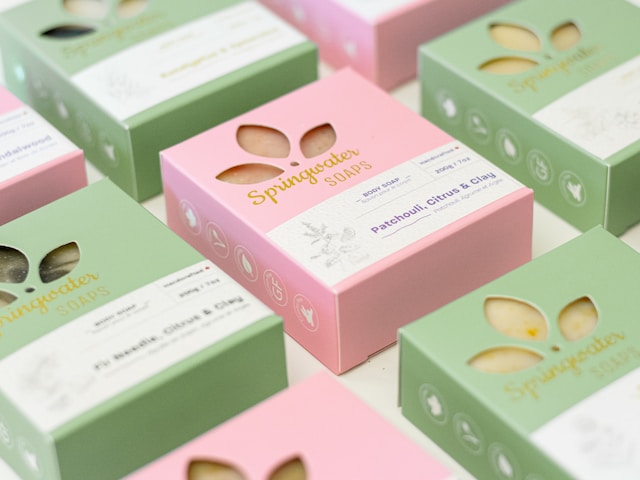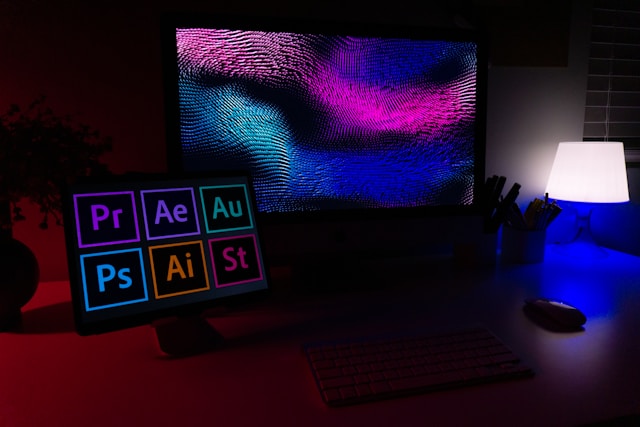
You’ve heard the old saying, “Don’t judge a book by its cover.” However, many consumers make buying decisions based on product packaging. This includes color, shape, texture, and more. Studies have found that attractive packaging triggers reward responses in the brain and suppresses activity in areas of the brain associated with reflective thinking. Understanding how this affects consumer behavior will help you create more effective product packaging.
Shape
Packaging and design solutions do more than secure and promote a brand’s product. It inspires specific emotions and associations that influence a consumer’s buying behavior. This includes feelings of excitement, inclusiveness, and cohesion. These emotions are triggered by the colors, shapes, and other elements of a product’s packaging design. Using imagery and symbols on your packaging can help make your products stand out amongst competitors. These icons and designs act as shorthand for your brand’s identity and are recognizable by consumers who may need to become more familiar with your company. Using these symbols may also create a sense of trust and familiarity for your customers. The shape of your package can also trigger implicit associations that affect consumer behavior. For example, a square box of cereal might trigger the feeling that it will be a healthy choice, while a unique package with an image of a field might invoke feelings of sustainability.
Color Theory
According to color theory, color is an essential tool for marketers to capture customers’ attention, create desired emotional associations and establish brand identity. Warm colors like orange, red, and yellow promote excitement and urgency, motivating impulsive buying behavior. In contrast, cool colors like blue, green, and purple convey feelings of calmness and security. Depending on gender and culture, colors also have different associations, so it’s essential to understand your target audience to use the right colors in your marketing campaigns. When a potential buyer decides between multiple products in a retail store, the packaging design is essential. Studies show that attractive packaging triggers reward responses in the brain, and unattractive packaging triggers opposing emotions.
Texture
Whether smooth or grainy, a package’s texture creates a physical sensation that influences consumers’ perception of its weight. A rough texture makes the package feel heavier, while a smooth surface has the opposite effect. The shape of a product’s packaging is important, too. It conveys certain emotions to buyers, such as excitement or mystery. Moreover, it can promote feelings of inclusiveness or a desired lifestyle. This emotional appeal entices consumers to buy products they don’t necessarily need but want impulsively. To make a purchasing decision, consumers gather a variety of inputs, including information from their friends and family, online reviews, and other marketing materials. They then filter this information to find the most valuable and relevant. As a result, they tend to rely on visceral cues to judge a product quickly. These include its color, shape, and text. This is why it’s so critical for brands to have a solid and consistent visual identity.
Printing
Ultimately, the success of a product packaging design comes down to its ability to influence consumer buying behavior. The best way to achieve this is by ensuring that the product information printed on the package is accurate and precise. This will help the customer make an informed purchase decision based on their needs and wants. A unique product packaging design can also increase brand awareness by connecting the product and the company. This is particularly important for new products that must differentiate themselves from competitors. According to the Expectancy-Disconfirmation Theory (EDT), consumers’ satisfaction with a product is influenced by their expectations and perceptions of its quality. Moreover, the perceived quality of a product is influenced by several factors, including pricing, product information, and product packaging. Considering these underlying factors, this study aims to investigate the relationship between product pricing and product packaging, with consumer purchasing behavior as the dependent variable and satisfaction as the mediating variable.





More Stories
Say Goodbye to Stains: Hire a Professional For an Effective Rug Cleaning
5 Essential Tips For Proper Appliance Installation in Your Kitchen
The 5 Benefits of Investing in a Modular Sofa for Your Home